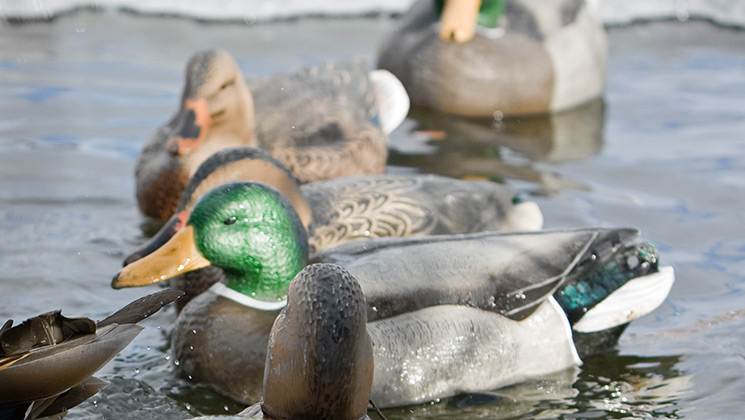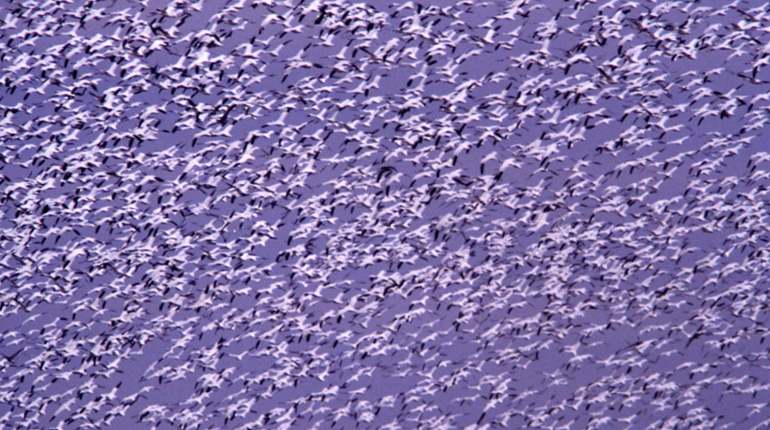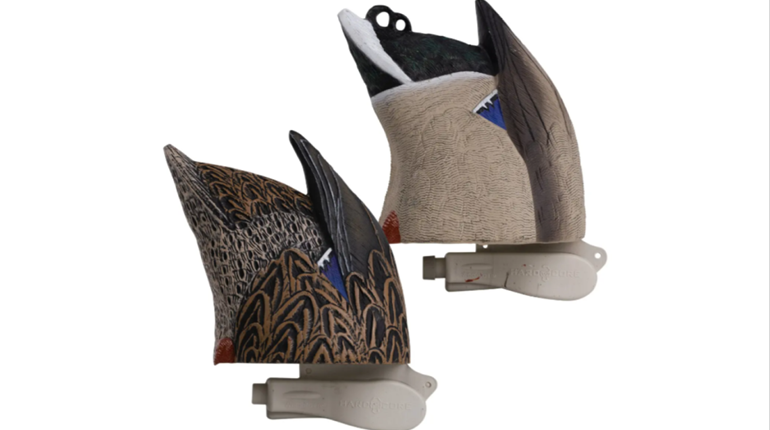
Waterfowlers love wind. Because birds typically land into it, wind helps to channel ducks and geese in a definitive direction so you can set your spread and hide accordingly. It also moves the decoys, which makes them look more realistic and therefore more likely to fool your quarry.
Thanks to enterprising and inquisitive waterfowl junkies who wanted to see how their spreads looked from a bird’s-eye view, we now know that perhaps the biggest reason wind increases a spread’s effectiveness is because it helps waterfowl see the decoys.
Think about how a mountain or tree line is so beautifully reflected in the glass-smooth surface of a lake or pond. Now imagine you’re a duck flying over a decoy spread sitting on absolutely still water. What’s that duck going to see? The sky, because the water’s surface is acting like a mirror. By contrast, when the wind ripples up the water, the surface can’t reflect the sky and the ducks can now see the decoys more clearly.
If you’re hunting over water on a calm day, the best way to increase your decoys’ visibility is to churn up the water. That’s one of the main reasons timber hunters thrash the water with their feet; it’s why jerk cords can be so effective, especially when hunters really rip on the cord to send ripples coursing throughout the majority of the spread. The next time you think ducks are ignoring your decoys because they look lifeless sitting still on the water, it might just be the ducks can’t see them.





































